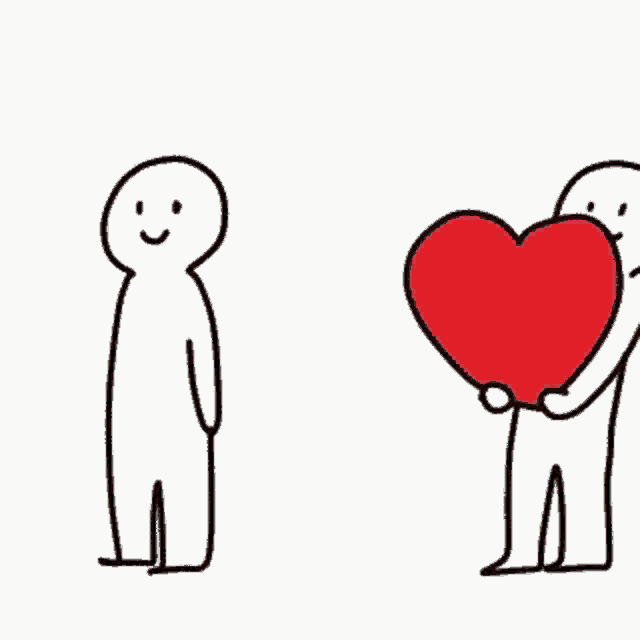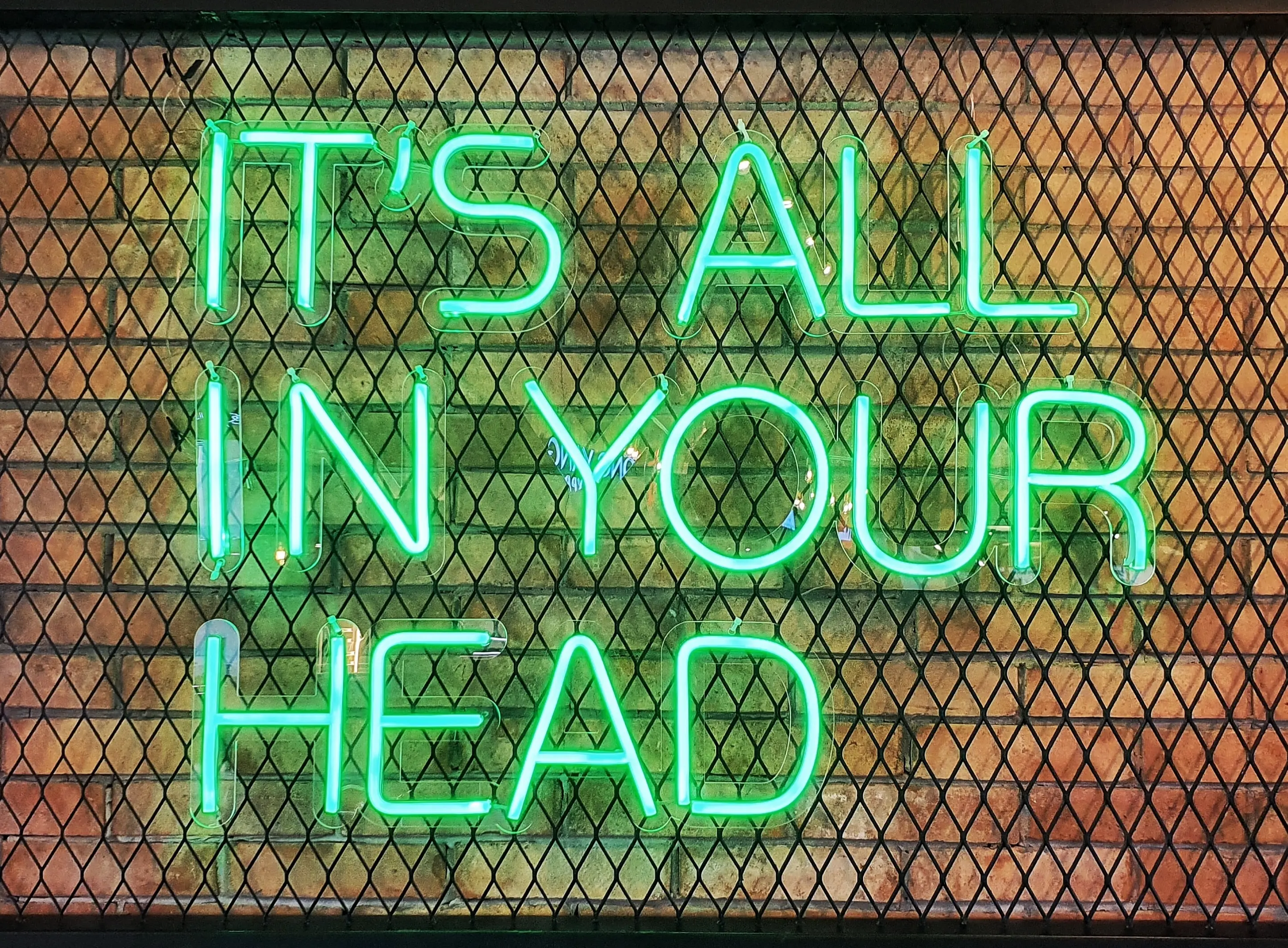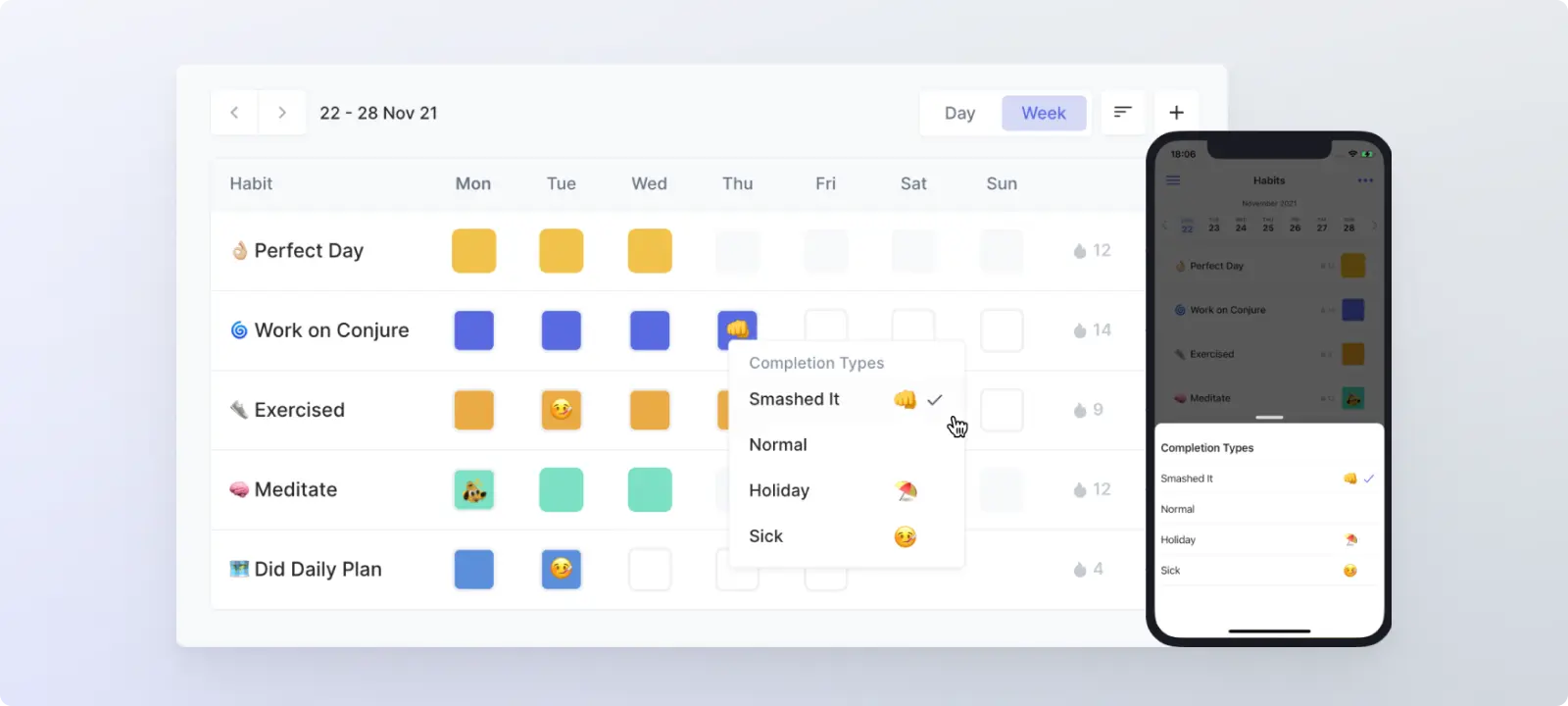Habits
Form, build and maintain habits. Use simply or sophisticatedly, with automation and customization.
Learn More →Time Tracking
Seamlessly track time on web and mobile with minimal friction. Use to complete Habits and Objectives.
Learn More →Measures
The data layer powering the wider ecosystem. Easily track manually or automatically with integrations.
Learn More →Objectives
Define success and then achieve it through Habits, Time Tracking, Measures and Integrations.
Learn More →
Rejection is Redirection—Learn How to Benefit From Rejection
Everybody knows what it feels like to face rejection. From the most impoverished individual to the wealthiest CEO, every single person has experienced rejection at some point in their life. What sets people apart from one another is how they handle rejection.
Some people are crippled by rejection and live in fear of it. Other people learn to handle it and remove power from it. Everyone's journey in life looks different, but how we handle rejection vastly impacts that quality of life.
Rejection hurts, and it can be very difficult to overcome the feelings of helplessness, anguish, and, inevitably, self-doubt that come afterward. This is especially true if the rejection ties in with an existing belief formed earlier in life. Emotions can be crippling.
But we cannot let rejection define us—it doesn't tell us anything about ourselves. It may tell us what someone else thinks of us, but that is based on the limited insight they have of us and based on their past life experiences unknown to us.
To make the most of rejection, we can remap it into a sense of growth and progress, setting us on the path toward better things.
Why do we struggle with rejection?

Rejection seems to be wired right into our deepest emotions. In fact, publications like Psychology Today and the American Psychological Association state that it activates the same areas of the brain as physical pain. If not properly handled, it can lead to all manner of negativity, which is why learning to handle rejection properly is an essential skill.
Rejection is an evolutionary response tracing back to our earliest ancestors. Rejection by the tribe often meant isolation and a low chance of survival, which means the sense of rejection was intended to keep us alive.
Despite our modern lifestyles, we've hung onto the fear of rejection, and we automatically apply it to situations that pose no threat to our survival. Some people do this more than others, resulting in anxiety and depression.
We struggle with rejection because it makes us feel unworthy—we see it in a negative light and allow it to drag us down into self-criticism and pain. We view rejection as a reflection of ourselves—a comment on our value and worth.
We all have an inner critic that is the basis of our negative self-talk. It guides us toward feelings of low self-worth and makes us think that we experience rejection because we deserve to. This inner critic's job is to keep us alive, not to make us happy (so thank you, I guess?).
Rejection does not reflect your worth
We experience rejection for many reasons, and each of them will create a different feeling in us, but very often, that feeling is closely linked to how we feel about ourselves. We might believe that a lover rejected us because we are unlovable or that we were rejected for a job because we are not deserving of it.
However, being rejected very seldom has anything to do with who you truly are. Rather, rejection stems from an aspect of you that doesn't suit the person, job, or situation you are being rejected by or from.
For example, sometimes a job has different requirements than you can provide, and sometimes the job posting doesn't properly convey those requirements, leaving you blaming yourself, rather than recognizing the job was not a fit.
Just because a single aspect of you—or even a few aspects of who you are—doesn't suit someone, that doesn't make you any less worthy of love, respect, a job, or anything else. It certainly doesn't mean you deserve bad things.
To make the most of rejection, we need to stop seeing it as something wrong and start seeing it as an opportunity.
How to respond better to rejection
Rejection is not the curse we think it is, but to benefit from it, we need to learn to see things differently. From a different perspective, rejection can set us on a path toward better lives and away from negative self-talk and emotions.

Seeing rejection differently is all about positive thinking. Rather than seeing rejection as a poor reflection on you, try to see it as a redirection toward something better. Whether you're looking for true friendships, a better life, or even true love, handling rejection in a helpful way can push you toward them.
We're not saying that not getting a promotion means you'll find a better job tomorrow—these things don't happen overnight, and it's not magic—but with a positive attitude and some self-exploration and self-growth, you may learn to improve those aspects of yourself that have led to earlier rejections.
What are the hidden benefits of rejection?
It's important to understand rejection and its benefits if you want to get the most out of it, so here is a list of the benefits you could gain from learning to deal with rejection.
- Learn to set healthy boundaries and avoid situations that are not a good fit
- Fail faster, which prevents you from wasting time and helps you improve more quickly
- Develop skills you otherwise may have overlooked
- Learn to easily focus on the positive
- Learn how to handle painful experiences better
- Identify and improve aspects of yourself that don't attract people
- Get better at taking risks that lead to personal growth
- Improve your relationships with people through self-discovery
Learning to see rejection as redirection can be challenging, and it requires some effort, but if we're willing to put in the work, rejection teaches us to better ourselves—ultimately making our lives better. But it all starts with treating yourself kindly.
Be compassionate with yourself
Before you can learn to truly see rejection as a redirection toward the right path, you will need to overcome the negativity that has always made it seem so terrible. This sounds easier than it is, because it involves treating yourself with kindness and compassion, like you would a beloved friend.
If your closest friend was experiencing failure of some kind, like being rejected from a job she applied for, would you tell her she's hopeless? Most of us would never do that because we cherish true friendships and would never want to cause a loved one such pain.
Rather, we would kindly tell our friend that she is worthy and she should keep trying until something better comes along. Why do we not treat ourselves in the same way?
It's partly because of the things that have been said to us throughout our lives by family and friends, but if we're honest, most people internalize these things and roll them around and around in their heads until they have far more power than they should ever have had. Words have a strong impact on our belief in ourselves.
Other things that make us feel unworthy include the societal standards we are exposed to in the media and our workplaces, as well as relationship strain and other bad things we have experienced as we move through life.
The answer is to use all the negative things that have happened to us—all the feelings of pain and rejection meant to bring us down—to help us grow stronger. This requires us to learn to live outside our comfort zones so we can eventually become stronger, better people.
How to live outside your comfort zone

If we're honest with ourselves, most of us have to admit that we are terrified of stepping outside of our comfort zones. However, if we don't learn to do it—to take risks and make changes—nothing will ever get better for us.
Life is not meant to be linear, simple, and comfortable—it is meant to be beautiful and terrifying—a great mashup of emotions, relationship difficulties, perfectly-timed highs and dreadful lows that leave us gasping. This is all par for the course in a normal lifetime.
Yet, if we are too careful—too afraid to step out into that scary outer zone where we are uncomfortable and fearful, we prevent ourselves from truly living. Most successful people are experts at stepping outside their comfort zones and pushing themselves to the limit.
Here's how to start moving out of yours:
1. Identify what's outside the zone
Start by learning what it is you consider comfortable and what causes you discomfort—where do you draw the line between what you want to do and what you don't? Meaningful growth happens on the edge of your comfort zone. We must remap that sense of discomfort to growth.
2. Use goal setting to move yourself forward
Once you know which uncomfortable task you want to tackle first, set yourself SMART goals (specific, measurable, attainable, realistic, time-based) that will help you move toward completing it.
Be careful when picking your goals. For example, if you want to start lifting weights, you need to start at the right point. Too heavy a weight you may not be strong enough for, too small a weight won't make your muscles grow, but the right weight will make you stronger.
You don't have to do it alone!
Use Conjure to keep track of your goals and objectives so you can focus on breaking out of your comfort zone.
3. Get started
Setting goals and making plans is all well and good, but it will all be for nothing if you don't take action. Once you've decided to do something, you need to take the first step, or procrastination will get the better of you, and it will never get done.
Make a habit of taking a step towards your goal, no matter how small, every day. Consistency over a long time horizon is the key to achievement.
Use Conjure's habits dashboard to set your objectives and work toward them step by step.

4. Learn your risk tolerance
You'll soon find there are things that are easy to do, even though they seemed uncomfortable at first, and things you can't face. This is your risk tolerance, and you need to find where your boundaries lie.
The ultimate goal is to push these boundaries as you get better at facing uncomfortable tasks, but for now, take baby steps and start with the things you are willing to do.
5. Be positive
To move yourself away from what's safe and comfortable, you will need to cultivate an optimistic outlook toward life and yourself. Learning to see rejection as redirection is a good example of this.
Other things you can do include developing some ambition, being kind to yourself, and learning to see opportunity where before you would have seen only negativity.
6. Keep the right company
When you implement positive change in your life, it's very important to surround yourself with people who will support that change. This may be easier said than done, but not doing so will likely mean you keep getting dragged back into your old patterns and habits.
It's absolutely ok to remove people from your life who are no longer serving your best interests. That includes friends, family, and acquaintances. It's important to remember that you are the sum of the 5 people you spend the most time around, and that you are the product of your environment.
Frequently asked questions
Is rejection really good for you?
Rejection can certainly be good for you if you learn to handle it correctly. It's important to see it as an opportunity for growth and learning rather than a comment on your personal value. Of course, this is much easier to imagine than to do, and it takes significant effort and work.
Who originally said, "Rejection is redirection?"
It is unclear who the first person was to refer to rejection as redirection, but the expression has been used by a number of influential people, including Bryant McGill in his 2015 book, Simple Reminders: Inspiration for Living Your Best Life and Matt Haig in his 2020 novel, The Midnight Library.
Conclusion
It's true that rejection hurts, but the beauty of it is that it is something we can work on and change with the right attitude. We need to be kind to ourselves like we would a special friend, and we need to do away with negative self-talk and learn to face rejection in the right frame of mind.
We hope you have gained wisdom from this article and that you will learn to see rejection for what it is—an opportunity to improve your life!
Sign up here for Conjure, the habit-tracking platform that will help you set goals and take action, so you can become the person you want to be.

